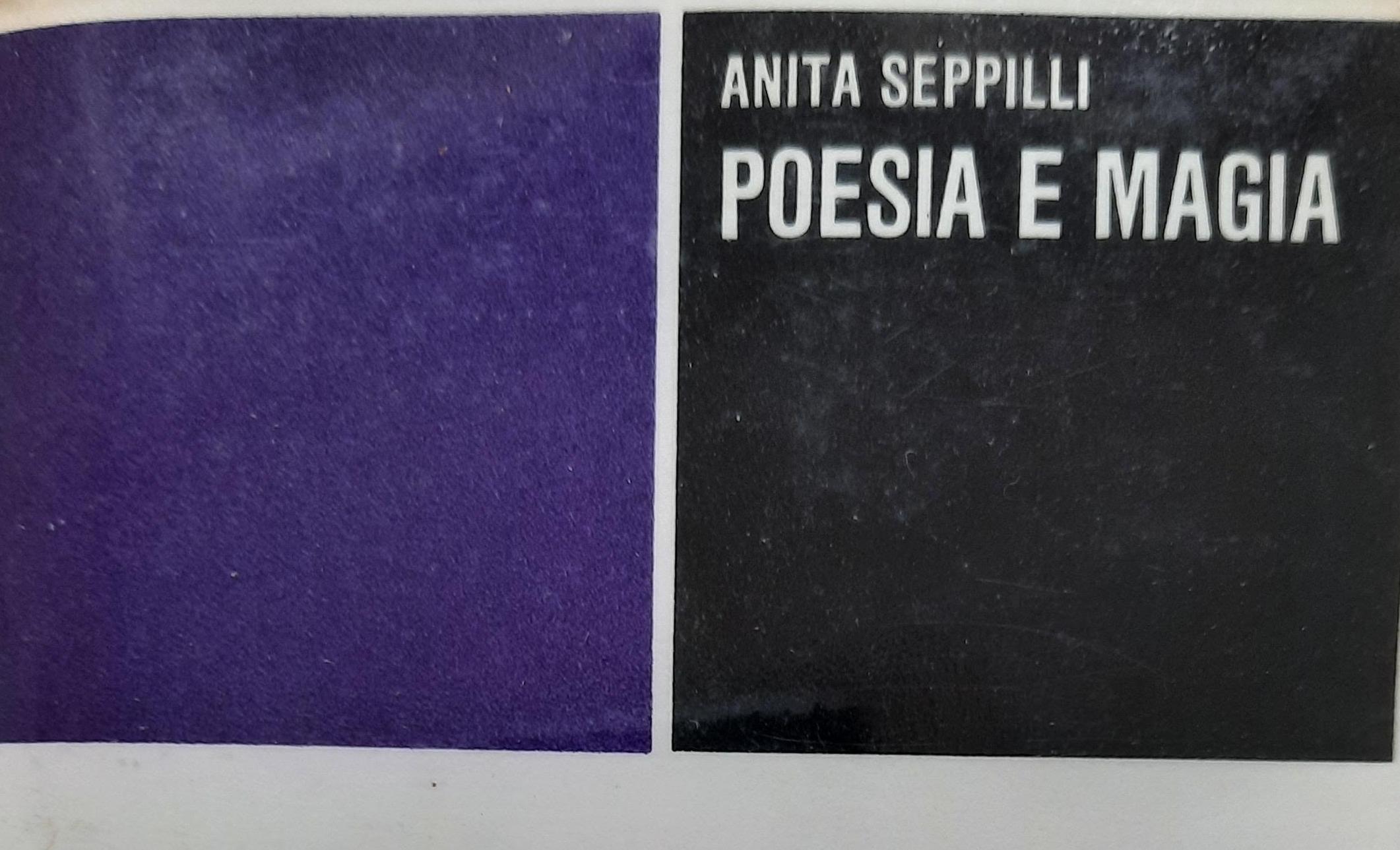
In the Songs of Experience, William Blake contrasted the ‘soft deceitful wiles’ of enmity and jealousy (A Poison Tree), and the ‘mind-forg’d manacles’ constraining the pained voices of London’s inhabitants (London), with the Sun-flower, ‘weary of time’, following the steps of the sun through the sky and ‘seeking after that sweet golden clime / where the traveller’s journey is done’ (My Pretty ROSE TREE / AH! SUN-FLOWER / THE LILLY). The behaviour of Blake’s sunflower conforms with a basic magical belief in natural sympathy – ‘as above, so below’ – and epitomises the Neo-Platonic yearning to escape the snares of matter and achieve freedom in the ideal.

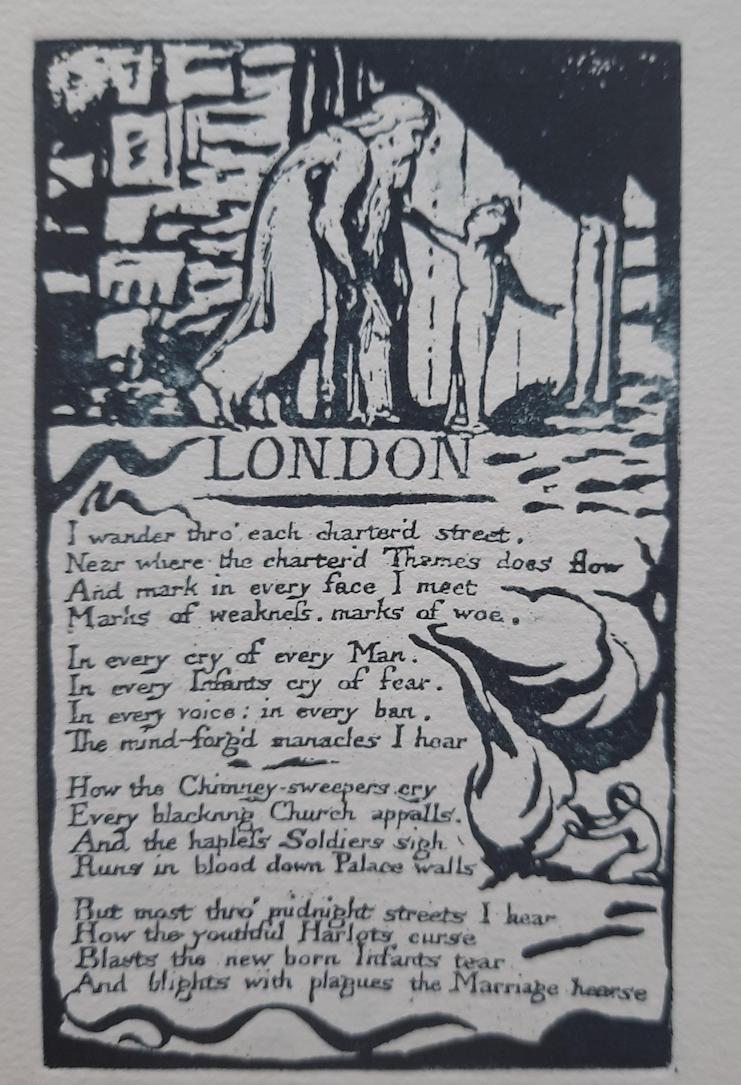
In her compelling and influential reading of Blake’s poem, Kathleen Raine opposed the ‘language of cosmic analogy’, the true domain of poets, to the pervading materialism of Blake’s age. AH! SUN-FLOWER is a ‘poem on the theme of love as prayer or – to use Blake’s better word – “aspiration”’, in which the ‘sunflower aspires to the sun as all souls aspire to eternity’.[1] She suggested that Blake’s apparently simple poetry in the Songs of Innocence and Experience condensed the ancient wisdom of the mysteries in a veiled form: a theme that the poet would have been aware of through his acquaintance with the eccentric Walworth-based philosopher Thomas Taylor. According to Raine, ‘The Little Girl Lostand Found [of the Songs of Experience] are based upon the Mysteries of Eleusis; their actors are the emblematic figures on the Portland Vase, interpreted in the light of Taylor’s Dissertation on the Eleusinian and Bacchic Mysteries’.[2]Evidence that Blake read Taylor’s The Mystical Initiations; or, Hymns of Orpheus (1787) can be found in annotations made to a copy of that text now in the Bodleian Library.[3]
Certainly, in The CLOD & the PEBBLE, Blake contrasted two forms of love, and two differing approaches to life arising from ‘experience’: a selfless love that ‘builds a Heaven in Hell’s despair’, and a selfish and possessive love that ‘builds a Hell in Heavens despite’ (Swedenborg’s influence is evident here, and also Milton’s).
Blake probably knew Thomas Taylor, ‘the Platonist’, through mutual friends like the sculptor John Flaxman, and his patron George Cumberland (for whose Thoughts on Outline of 1796 he engraved some of the illustrations). Taylor may even be ‘Sipsop the Pythagorean’ in Blake’s satirical Island in the Moon (1784). It is likely that Blake attended the lectures on Platonism given by Taylor at Flaxman’s studio at 27 Wardour Street in Soho. Taylor’s introductory essay to his translations of the Hymns of Orpheus provided a succinct account of sacrifice and magic. It also includes a passage on the sunflower that may well have inspired Blake’s poem, where Taylor paraphrases Proclus concerning the magical notion of a natural sympathy between things:
‘For how shall we account for those plants called heliotropes, that is attendants on the sun, moving in correspondence with the revolution of its orb; but selenitropes, or attendants on the moon, turning in exact conformity with her motion? It is because all things pray, and compose hymns to the leaders of their respective orders; but some intellectually, and others rationally; some in a natural, and others after a sensible manner. Hence the sunflower, as far as it is able, moves in a circular dance towards the sun; so that if anyone could hear the pulsation made by its circuit in the air, he would perceive something composed by a sound of this kind, in honour of its king, such as a plant is capable of framing’.[4]
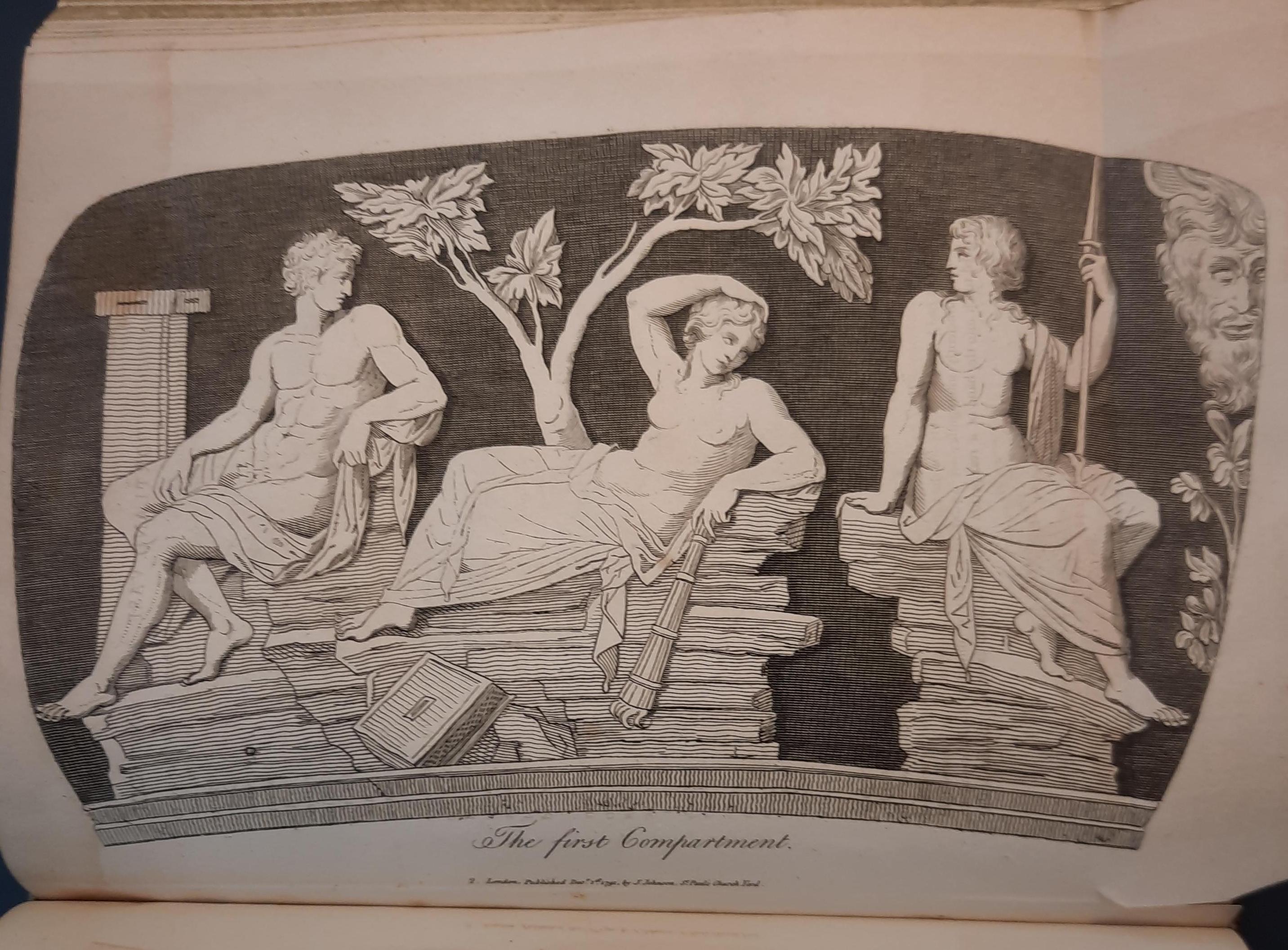
Blake can certainly be associated with the Eleusinian Mysteries through the reproductions of the Portland Vase he engraved for Erasmus Darwin’s The Botanical Garden (1791).[5] Darwin explained that the intention of his botanical poem was to ‘inlist Imagination under the banner of Science; and to lead her votaries from the looser analogies, which dress out the imagery of poetry, to the stricter, ones which form the ratiocination of philosophy’.[6] He justified the use of mythical imagery in his didactic poem by appealing to the allegorical or ‘hieroglyphic’ nature of myths: ‘Many of the important operations of Nature were shadowed or allegorized in the heathen mythology, as the first Cupid springing from the Egg of Night, the marriage of Cupid and Psyche, the Rape of Proserpine, the Congress of Jupiter and Juno, Death and Resuscitation of Adonis, &c.’[7] In particular, Darwin included a verse description of the Portland Vase (1st Century B.C., British Museum) and an explanatory essay about it in an appendix. The Portland or Barberini vase was a Roman antiquity which had been reproduced in his pottery by Josiah Wedgwood who was Darwin’s friend and fellow member of the Lunar Society. Wedgwood put his reproduction on display in his London show-room in 1790 and gave a lecture about it, while Blake, as we have seen, was commissioned to engrave the illustrations which accompanied Darwin’s essay, which appears to be based on the lecture given by Wedgwood.
Darwin interpreted the Portland Vase’s decoration in verse: ‘Or bid Mortality rejoice and mourn / O’er the fine forms on Portland’s mystic urn –
Here by fall’n columns and disjoin’d arcades,
On mouldering stones, beneath deciduous shades,
Sits HUMANKIND in hieroglyphic state,
Serious, and pondering on their changeful state;
While with inverted torch, and swimming eyes,
Sinks the fair shade of MORTAL LIFE, and dies.
There the pale GHOST through Death’s wide portal bends
His timid feet, the dusky step descends;
With smiles assuasive LOVE DIVINE invites,
Guides on broad wing, with torch uplifted lights;
IMMORTAL LIFE, her hand extending, courts
The lingering form, his tottering step supports;
Leads on to Pluto’s realms the dreary way,
And gives him trembling to Elysian day.
Below, in sacred robes the PRIESTESS dress’d,
The coif close-hooded, and the fluttering vest,
With pointing finger guides the initiate youth,
Unweaves the many-colour’d veil of Truth,
Drives the profane from Mystery’s bolted door,
And Silence guards the Eleusinian lore.’[8]
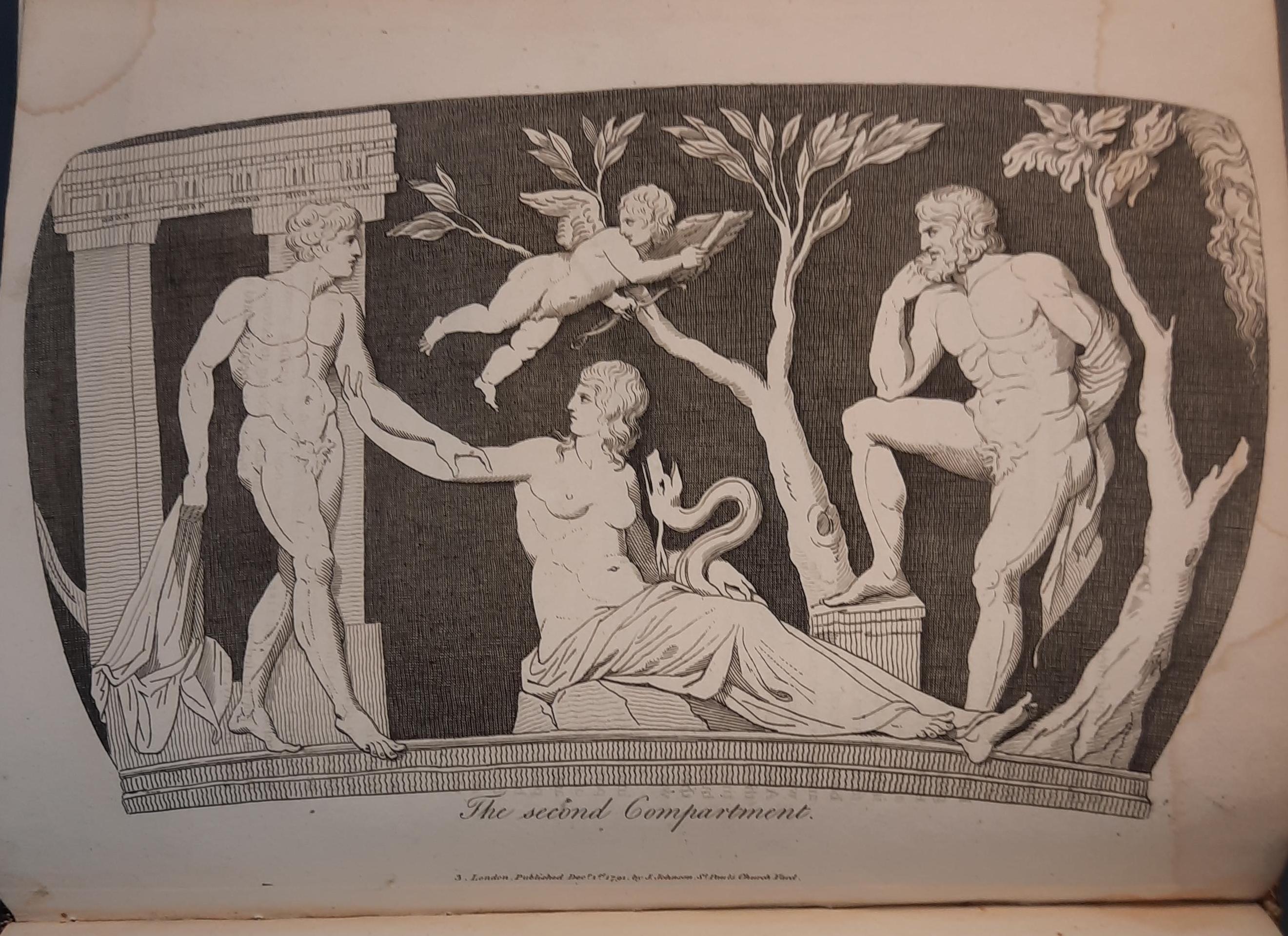
Darwin went on to explain in his prose commentary that: ‘These mysteries were invented in Egypt, and afterwards transferred to Greece, and flourished more particularly at Athens, which was at the time the seat of the fine arts. They consisted of scenical exhibitions representing and inculcating the expectation of a future life after death, and on this account were encouraged by the government, insomuch that the Athenian laws punished a discovery of their secrets with death’.[9] Responding to Seppilli’s recurring interest in initiation rites in Poesia e magia, the design of the ‘scenical’ exhibition Poetry & Magic approximated a mystery: the visitor encounters the hierophantic figure of Anita Seppilli in the hall of 39 Belgrave Square, begins their journey in the reality of the city’s streets with the photography of The Sacrilege of Bridges in the lecture room, passes the monster Caliban at the bottom of the stairs, is directed upwards and onwards by the inspired Blake communing with the Archangel Gabriel at the top of the grand staircase, and emerges into the symbolic realm of the Ball Room – a space of light, crystal chandeliers, antique mirrors and foliage glimpsed through large windows – with the prints and paintings of Marcelle Hanselaar, Stephen Chambers and Ana Maria Pacheco. Looking into the mirror the visitor reads the label: Poeta. Coincidentally, Iain Sinclair’s enthralling exhibition Histories & Hauntings at Swedenborg House also operates on two levels and incorporates the ascent of a staircase as part of the visitor’s experience towards insight and revelation.
Thomas Taylor wrote that ‘the soul while an inhabitant of earth is in a fallen condition, an apostate from deity, an exile from the orb of light. That she can only be restored while on earth to the divine likeness, and be able after death to re-ascend to the intelligible world, by the exercise of the cathartic and theoretic virtues; the former purifying her of the defilements of a mortal nature, and the latter elevating her to the vision of true being’.[10] The Greek myths, like those of Persephone, Orpheus and Dionysius, hid this higher truth behind the veil of allegory, and the role of the mysteries was to reveal this to the initiate: ‘But further from this account of Dionysius, we may perceive the truth of Plato’s observation that “the design of the mysteries is to lead us back to the perfection from which as a principle, we first made our descent”’.[11] Where Taylor, like Marino, interpreted myth as allegory, for Seppilli, the symbol understood magically is not a substitute – e.g. the dismembering of Orpheus standing for a necessary spiritual catharsis – but an equivalent:
‘We can use, and we will also use as we have already used it, the term ‘symbol’; but with the warning that in mytho-poiesis we are never dealing with symbols in the sense of substitutions, neither those used consciously nor of arbitrary substitutions, and therefore we must not speak of symbols that ‘stand’ for the object. On the contrary we are always dealing with something immediate, presented intuitively to consciousness together with the object symbolized, an ultimate ‘reality’, which expresses the true essence and power of the object: as long as the myth is vital, the symbol does not ‘replace’ but is ‘equivalent’ to the object, indeed it is its most intimate and significant nucleus. Only in this sense will we use the terms ‘symbol’ and ‘symbolism’.’ [Si può usare, e useremo anche noi come già l’abbiamo usato, il termine “simbolo”; ma con l’avvertimento che nella mito-poiesi non si tratta mai di simboli nel senso di sostituzioni, coscienti di essere tali né di sostizuzioni arbirtrarie e perciò non si deve parlare di simboli che “stanno” per l’oggetto. Si tratta al contrario sempre di qualcosa di immediato, di intuitivamente presentatosi alla coscienza insieme all’oggetto simbolizato, di una “realtà” ultima, che esprime la vera essenza e potenza dell’oggetto: fino a che il mito è vitale, il simbolo non “sostituisce” ma “equivale” all’oggetto, anzi è il suo nucleo più intimo e significativo. Solo in questo senso adoparemo i termini “simbolo” e “simbolismo”].[12]
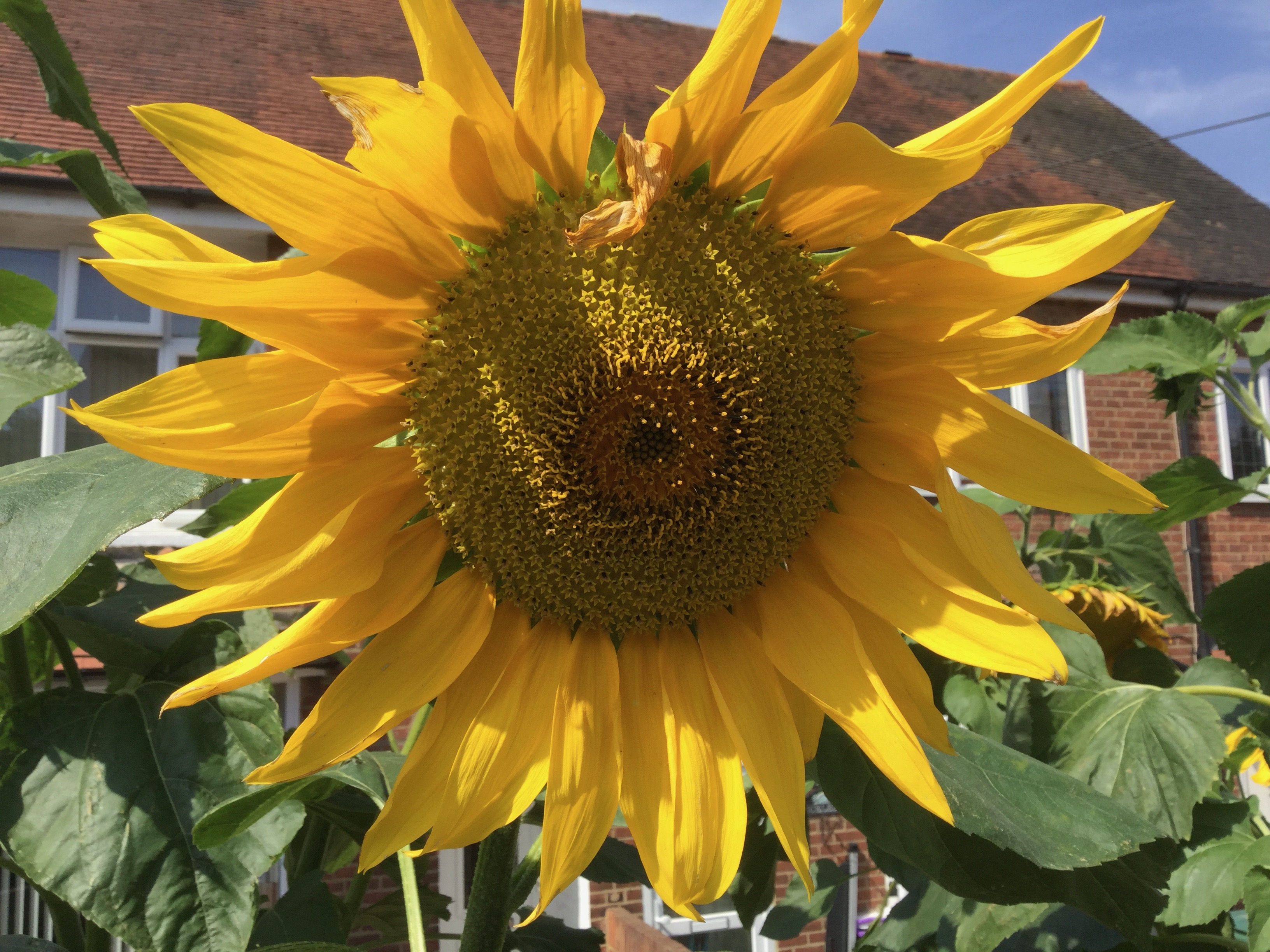
A century ago, the French poet André Breton wrote a poem for Pierre Reverdy entitled Sunflower. It was a work that was special in that ‘I did not like it and never had’ and yet which haunted his memory with disturbing fragments that prevented him from rejecting it (‘the traveller passing through the Halles at summerfall…’, ‘the lady with no shadow…’, the ‘calla lilies’ of despair, etc.). It was only in 1934, when he fell in love with Jacqueline Lamba, that Breton realised that the poem foretold their meeting in some detail and had been ‘really inspired’.[13]
Since Daphnis is poetry, to weave a spell, to recite a charm while scattering barley into the fire – to reassemble the scattered parts of the body of Bacchus (or Orpheus, or Osiris) – is to call him home, to embody him in verse. To ‘re-member’. To re-live his painful absence in our hearts (‘ricordare’).[14] To be bitten again with remorse.[15] For hope to give shape to our desire for renewed inspiration. For the grace of the saint to shatter our ‘mind-forged manacles’. For the image of the sunflower – an alchemical tower in Breton’s L’Amour fou – to guide us prophetically towards love. As magic to move a mortal lover the selfish spell proves useless; as poetry, however, aligning our souls once more with the forces of the universe, it can transcend matter and draw down the moon. Poetry is magic.[16]

[1] Kathleen Raine, Blake and Tradition, London: Routledge & Kegan Paul, 1969, volume 1, pp. 216-17.
[2] Ibid, p. 129.
[3] Philip J. Cardinale and Joseph R. Cardinale, ‘A Newly Discovered Blake Book: William Blake’s Copy of Thomas Taylor’s The Mystical Initiations; or, Hymns of Orpheus (1787)’, Blake: An Illustrated Quarterly, 22, 3, 20-11, pp. 84-102. See also: George Mills Harper, ‘The Source of Blake’s “Ah! Sun-Flower”’, The Modern Language Review, 48, 2, 1953, pp. 139-42.
[4] Kathleen Raine and George Mills Harper (eds), Thomas Taylor The Platonist. Selected Writings, London: Routledge & Kegan Paul, 1969, pp. 194-95. On Taylor, see also: Frank B. Evans, III, ‘Thomas Taylor, Platonist of the Romantic Period’, PMLA, 55, 4, 1940, pp. 1060-79; Frederick E. Pierce, ‘Blake and Thomas Taylor’, PMLA, 43, 4, 1928, pp. 1121-41. For Taylor’s essentially Neo-Platonic position and his unreliable translations of Plato, see: James A. Notopoulos, ‘Shelley and Thomas Taylor’, pp. 502-17, especially, p. 507: ‘He read into Plato the mystical Neo-Pythagorean mathematics and interpreted Plato in the religious context of Orphism’.
[5] Raine, Blake and Tradition, vol. 1, pp. 126-65.
[6] Erasmus Darwin, The Botanic Garden; A Poem, in Two Parts. Part 1 containing The Economy of Vegetation. Part II. The Loves of the Plants with Philosophical Notes, London: J. Johnson, 1791, p. v.
[7] Ibid, p. vii.
[8] Ibid, p. 88.
[9] Ibid, (53) Note XXII – Portland Vase.
[10] Thomas Taylor, Miscellanies in Prose and Verse, London: C. Whittingham, 1805, p. 35.
[11] Thomas Taylor The Platonist, p. 413.
[12] Anita Seppilli, Poesia e magia, Turin: Einaudi, 1971, p. 235.
[13] André Breton, Mad Love (L’Amour fou), trans. Mary Ann Caws, Lincoln and London: University of Nebraska Press, 1987, pp. 53-64.
[14] I owe this observation to Martina Mazzotta.
[15] Ernesto de Martino, The Land of Remorse: A Study of Southern Italian Tarantism, translated by Dorothy Louise Zinn, foreword by Vincent Crapanzano, London: Free Association Books, 2005.
[16] This was one of the conclusions of the inspiring round-table discussion between author Iain Sinclair, professional witch Kate Tomas, and Professor John Tresch of the Warburg Institute which occurred in the Italian Cultural Institute on 28 November 2023.
